Danger Zones
In which Norm reviews the physical releases of TOP GUN: MAVERICK and NOPE, and is mightily impressed.
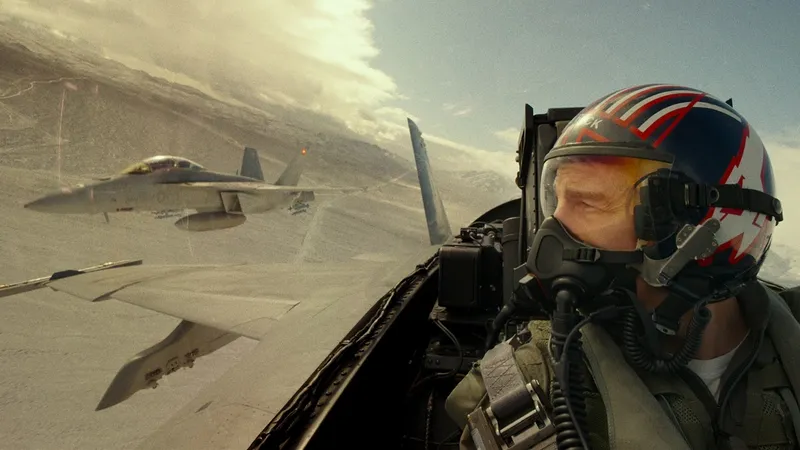
Fun fact: I missed the press screening of Top Gun: Maverick because I was down with COVID, and once I recovered I went straight into watching two to five movies a day for, you know, so I never had the chance to catch up. All I knew was that people seemed really high on it, thanks to Tom Cruise and Joseph Kosinski’s embrace of large-format realism.
Well, now it’s on disc – in multiple iterations, including a 4K double-disc set that pairs it with Tony Scott’s original Top Gun – so we carved out a couple of nights to watch them both. I’d seen the first movie, but Kate hadn’t, so that was an interesting test case.
Because if you’ve never seen Top Gun, you have no idea what you’re in for. It’s barely a movie, honestly; that much I remember from my screening at the good ol’ Towne & Countrye Square back in the summer of 1986. It’s a military drama spliced with the genes of a high-school picture, with Cruise playing blank-faced asshole pilot Pete “Maverick” Mitchell, whose daredevil antics piss off his instructors and commanding officers and repeatedly endanger his comrades, but his determination and daddy issues manage to win over everybody anyway, and also let him melt the heart of Kelly McGillis’ flinty consultant in some of the creepiest seduction scenes you’ll ever see.
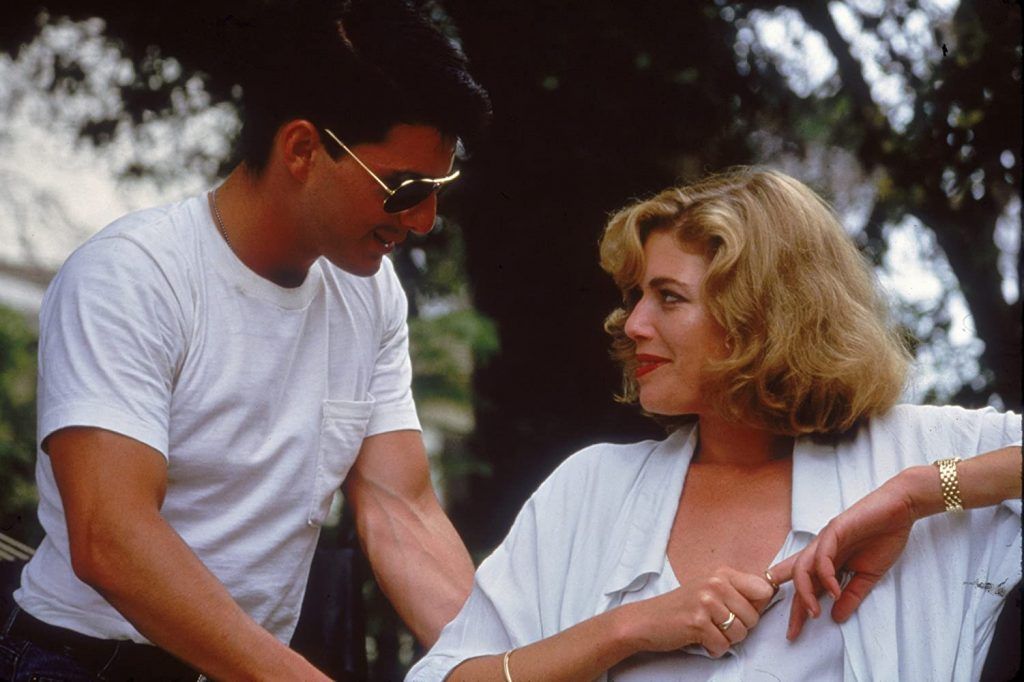
But Maverick’s triumphs are undercut by tragedy (RIP Goose, gone too soon) and even though he's cleared of all responsibility he learns to value … teamwork, I guess? … and recovers his mojo just in time to take on The Enemy over the Indian Ocean. It’s all very dopey – you can see the seeds of Michael Bay’s entire career in Tony Scott and Jeffrey Kimball’s glistening magic-hour aesthetic – and in retrospect it’s absolutely fascinating to watch the ur-text of the Tom Cruise movie take shape around the star, who hasn’t yet learned how to play to his strengths and instead comes off as an utterly alien presence, with no idea how to relate to other people or, you know, kiss a girl. (See “creepiest seduction scenes” above.)
Not only does Scott not try to hide how short his star is compared to the rest of the cast, but the film was shot before Cruise had his teeth capped, reinforcing the sense that we’re seeing him in an unfinished version – like Macready catching Fuchs in mid-transformation two-thirds of the way through The Thing. It just feels wrong, especially after decades of action movies in which Cruise presents himself as better, shinier versions of this character. Who is Ethan Hunt but Maverick after flaming out as an instructor and finding a new, covert way to play in the danger zone? Who was Jack Reacher but Maverick after anger-management training?
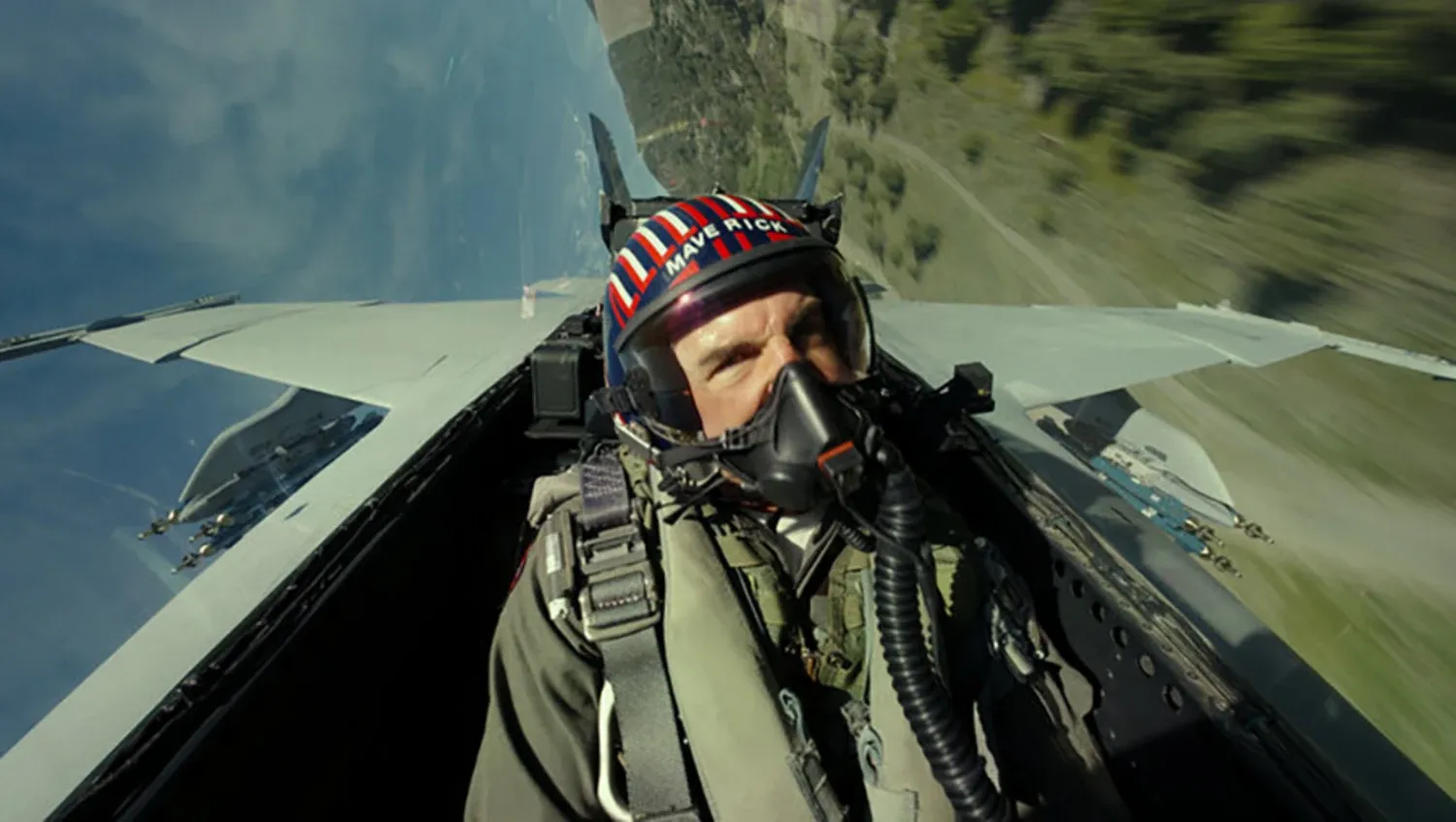
That’s why Top Gun: Maverick feels so jarring, at least at first. Joseph Kosinski’s sequel opens by re-creating the opening sequence from Scott’s film, with newer planes and a slight tweak to the on-screen text – and then we see Cruise, older and slightly fuller in the face as Test Pilot Maverick, doing his daredevil thing and showing up the stuffed shirts in command by flying the Darkstar, a super-sonic megajet, to unprecedented speeds.
It goes about as well as it did for Chuck Yeager in the prologue of The Right Stuff – and maybe that also explains why Ed Harris is here as the crusty admiral who gives Maverick the same angry speech Principal Strickland gave him three and a half decades ago … and sends him back to Top Gun pilot school, this time as an instructor for a special mission to take out The Enemy’s new nuclear facility, um, somewhere you need an aircraft carrier to reach.
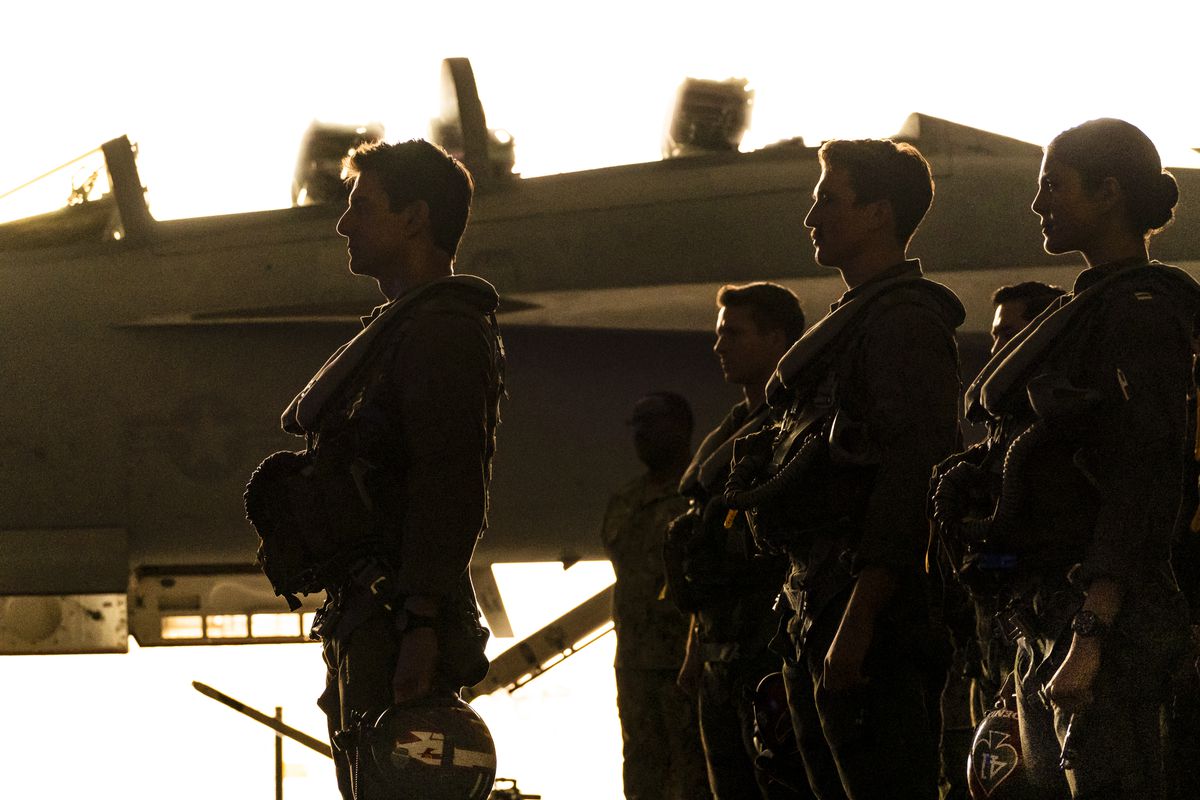
Ah, but this is a Tom Cruise movie, so daddy issues must rear their heads – and since Maverick himself learned that his dead dad was a true hero near the end of the first movie, now he must be the daddy. One of his new pupils is Rooster, the grown son of poor dead Goose, played by Miles Teller with more muscles than Anthony Edwards ever had, but the same mustache. Rooster hates Maverick because Maverick tried to keep him out of flight school; now, Maverick must help Rooster leave their past behind to focus on The Enemy. How? By flying!
The flight scenes are the real hook of Maverick, of course; as you may have heard, Cruise insisted the actors be sent up and filmed in actual jets in the actual sky, rather than settle for greenscreen backgrounds or the sort of hinky rear-projection deal that was used in the first film. And while the footage is really impressive – especially once you see how the production solved the question of shooting large-format cinematography in the cramped space of a fighter cockpit – I kinda don’t know that it was necessary.
Yes, it’s a selling point of the film, and the “real people, real planes, real sky” thing is not unlike George Miller’s mission statement of “real people, real cars, real desert” for Mad Max: Fury Road … but the risk factor here, not to mention the velocity, just feels so much higher, and I couldn’t get it out of my mind.
I’ve spent years watching Cruise gleefully telling everyone how much danger he puts himself in for the Mission: Impossible movies, and getting his stunt team to throw up at the latest idea, or whatever. And yeah, his enthusiasm for risk likely speaks to psychological issues he can’t even begin to articulate, but they’re his alone, and when he goes out there he’s surrounded by people whose lives are built around safety; roping other actors into it feels like some weird kind of blackmail. Obviously it paid off; the movie was a massive hit and supporting players Danny Ramirez, Monica Barbaro and Glen Powell can now build entire careers on their roles here. (Heck, Powell’s next picture should guarantee him a solid decade playing flyboys – if that’s what he wants to do.) But it pushed me out of the movie rather than pulling me in, and that was weird.
That out of the way: Top Gun: Maverick is a far better movie than Top Gun, on pretty much every level. It’s honest about being a nostalgia piece, and I suspect co-writer Chris McQuarrie had a lot to do with weaving elements of melancholy into the story that Maverick seems unwilling to acknowledge; they’ve been working together for more than a decade now, and McQuarrie knows how to structure a scene to Cruise’s strengths.
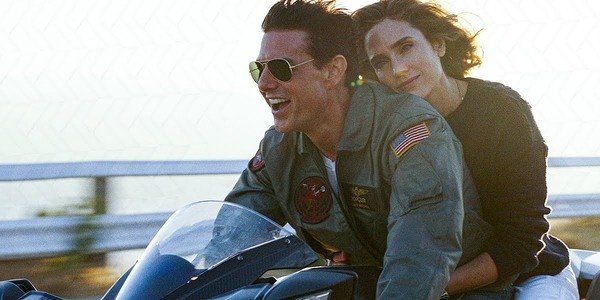
The scenes between Maverick and Jennifer Connelly’s bar owner Penny let Cruise find an uncertain, vulnerable mode that looks great on him; it helps that Connelly is an exceptional scene partner, of course, and that she fleshes out a generic role like the pro she is. Their scenes are maybe the only ones in either movie that feel fully human – though Val Kilmer’s brief cameo as Maverick’s one-time wingman Iceman has some much-needed warmth as well – and Maverick is far stronger for them.
Mostly, though, Maverick is about making another Top Gun movie, with classroom scenes and barroom singalongs and beach football (sure, whatever) and young pilots daring each other to go further and/or faster while their instructors pick them off with missile locks. It clicks along pretty well, and being delayed by COVID has given it a couple of extra points of interest: The Good Place’s Manny Jacinto and Quantum Leap’s Raymond Lee are two of the other pilots training for the super-secret mission, and I kept waiting for their characters to step up and have a moment. But the film was shot before either of them had broken out, so they’re basically just featured extras ... much like Adrian Pasdar in the original Top Gun. Such is life, I guess.
Top Gun: Maverick marks a new direction for Paramount’s physical releases, being made available in separate 4K, Blu-ray and DVD editions with no combo options. (The 4K and BD releases also include a digital code.) Which means that the twofer edition I received did not include the Top Gun Blu-ray and supplements packaged in that film’s previous 4K release; there was a two-and-a-half-hour documentary on the making of the film that’s pretty great, and it’s a shame to lose it.
The 4K Maverick, on the other hand, includes all of the extras that appear on the Blu-ray: A couple of music videos, and four production featurettes covering the production, the aerial photography, Cruise’s own love of flying and a closer look at the construction of the Darkstar, the supersonic prototype built by a division of Lockheed-Martin for the opening sequence. (It’s a fascinating to watch everyone on-camera and in the editing room bend over backwards to avoid admitting it's just a prop; the engineers and actors all speak as though the Darkstar is not just totes real but ready to blast off on a moment’s notice.)
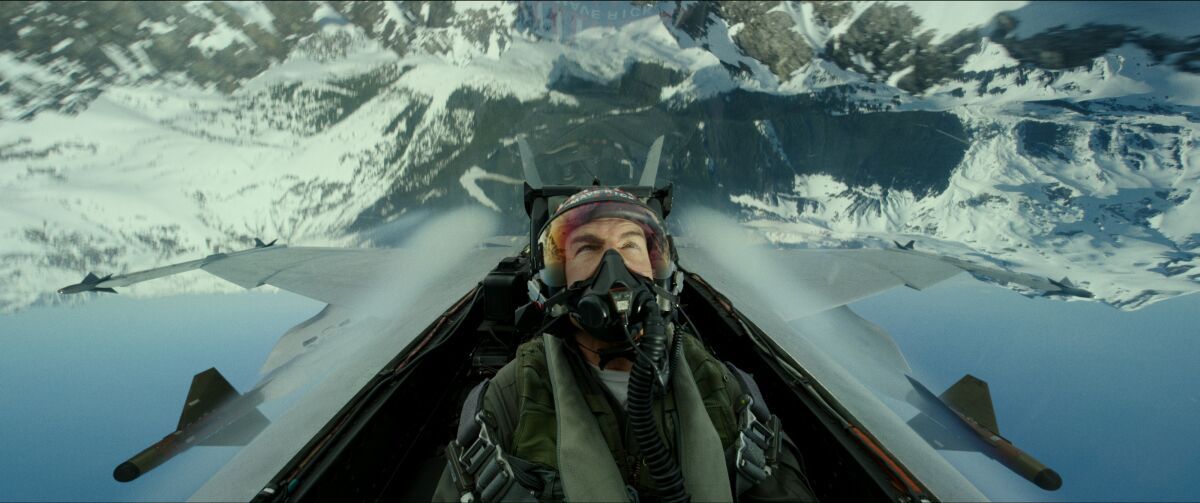
The Ultra High Definition transfer is one of the best I’ve ever seen, playing up the crispness of the digital image for a razor-sharp presentation that matches the specificity of the Atmos soundtrack. The split-format ratio of the IMAX version is replicated here, snapping up from 2.39:1 to 1.90:1 and back down again to thrust us into the flight sequences and lock us inside those jet canopies with the actors. The visual texture is hyper-real, from the stitching on a dress uniform to the gleam of the sunlight on a fighter’s canopy, and the sound field is constantly burbling with activity, the scale of which shifts deftly from scene to scene - the clink of glasses and groaning of chairs in Penny’s bar gives way to the force of jet engines firing above and behind us in the dogfights. It’s a reference-quality disc from start to finish, the one people will be pulling out to demo their setup for the next few months.
The 4K release also offers one exclusive: A 50-minute “master class” conversation with Cruise at Cannes just before the film’s premiere there, where the actor/producer discusses his career and philosophies – sort of – with journalist Didier Allouch. It’s pretty softball stuff, as you can imagine, but not without interest; it’s rare to see Cruise in front of a live audience, even a friendly one, for any length of time. He really is one of the last old-school movie stars; when he dies trying to eat the moon or whatever, we will be losing something.
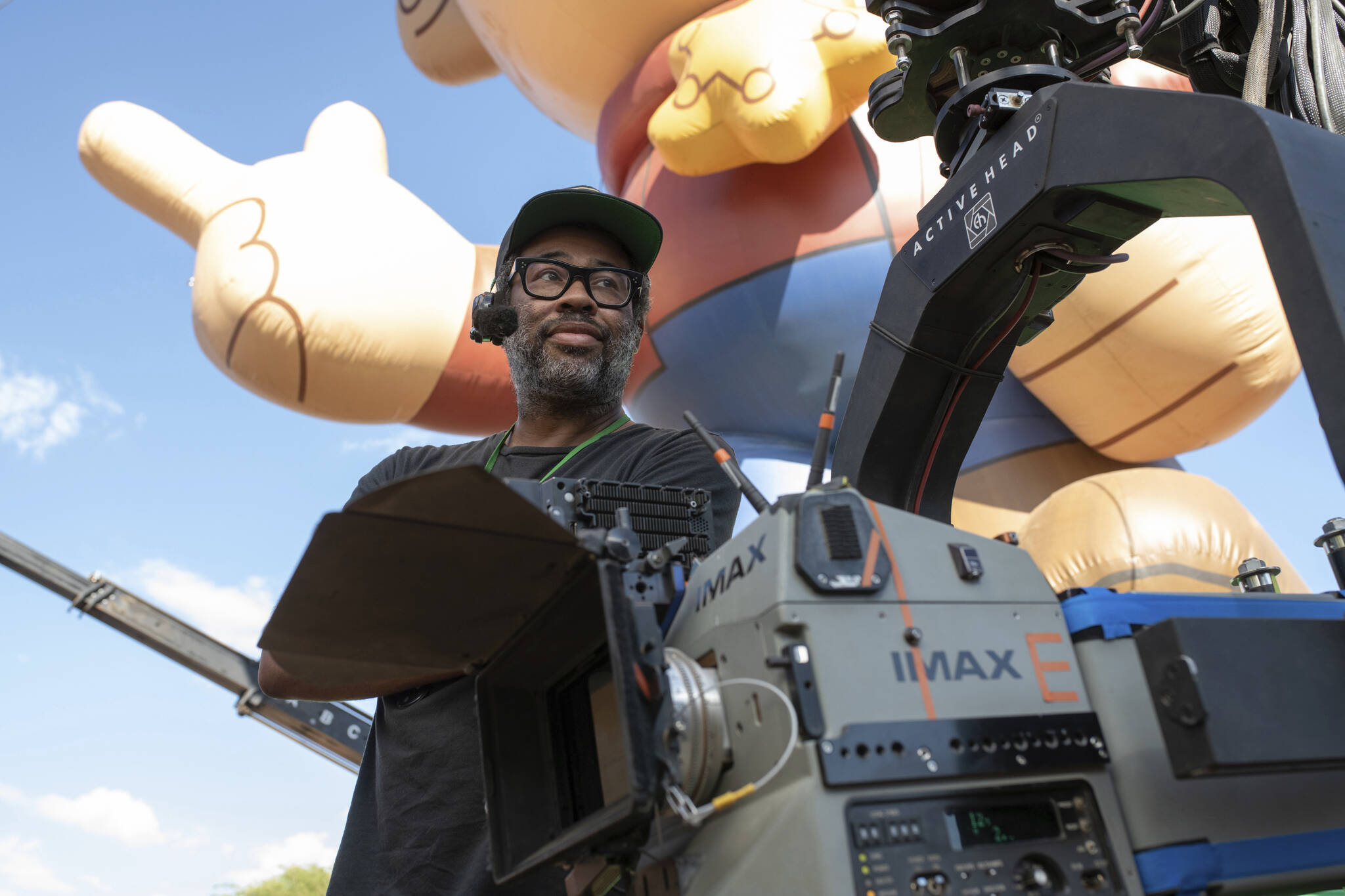
Speaking of mavericks, summer hits and worthwhile supplemental features: Jordan Peele’s Nope also came to disc recently, and though I reviewed the movie when it opened in July I wanted to make sure I didn’t miss the chance to tell you about the disc. Universal sent me the Blu-ray rather than the 4K edition, but both releases include SunnyBoy Entertainment’s hour-long documentary Shadows, which unpacks Peele’s oddest and most ambitious film from every angle available, borrowing Errol Morris’ direct-address interview style and slowing down the pacing to create a piece that feels positively contemplative at times. There’s also no obfuscation around what the movie is about; this doc assumes you’ve seen the film and understand what everyone’s talking about, and Peele gets into the more complex themes of spectacle and exploitation within seconds of his first appearance.
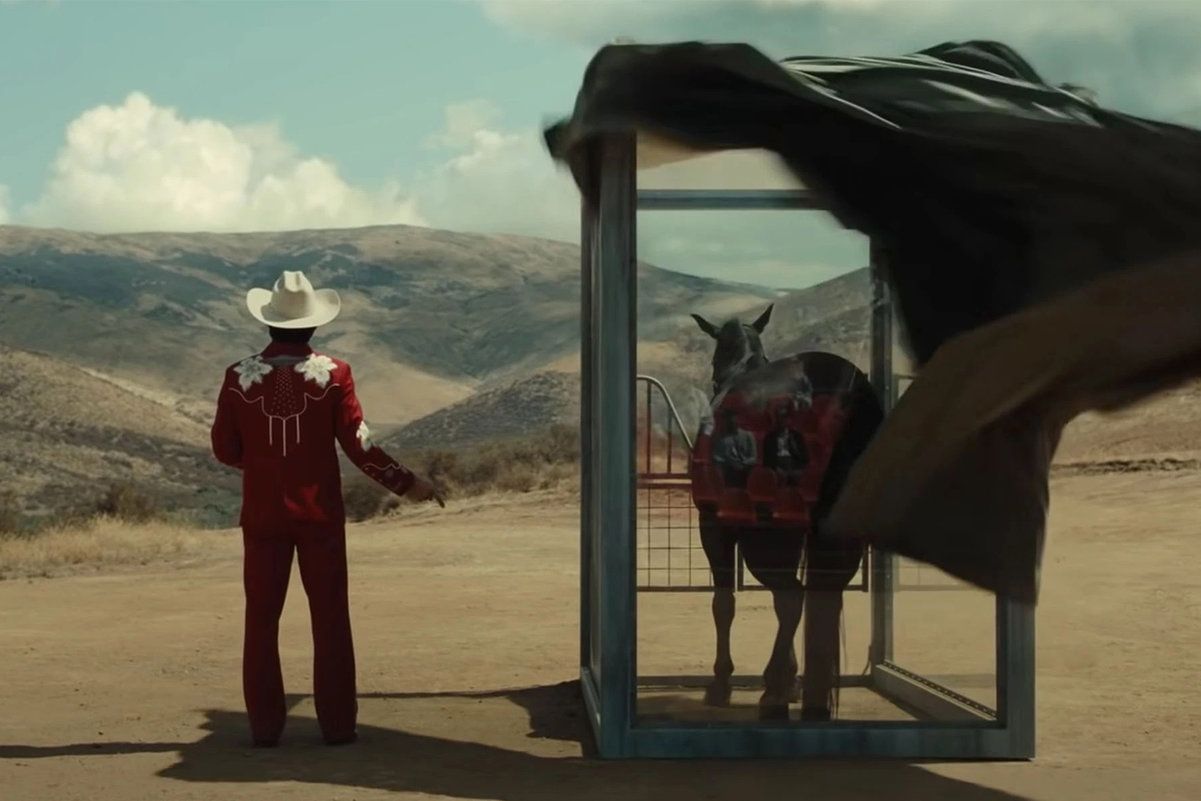
The SunnyBoy team also contributes two additional featurettes that dig a little deeper into key elements of the picture: Call Him Jean Jacket explores the conception, development and execution of the eponymous “critter”, and gives Peele a little more time to discuss the influence of Close Encounters of the Third Kind on this project, while Mystery Man of Muybridge explains more thoroughly how Eadweard Muybridge’s real footage of a Black jockey factors into the film’s fictional narrative.
A few deleted scenes and a gag reel are also included, and they’re nice to have, but the behind-the-scenes suite feels like something really special. It looks terrific, too, the doc team finding interesting angles to shoot both the interviews and the on-set activity, with obvious encouragement from everyone involved. Peele, Daniel Kaluuya and Keke Palmer are all interviewed at length, and many of the key technicians get their moment to shine. It feels like it was a good show to work on, and of course the result speaks for itself.
Like Maverick, Nope deploys shifting aspect ratios – though Peele has a different strategy in mind than Kosinski – and looks and sounds wonderful on disc, its skies and canyons laid out in stark, eerie tableaux. I’m curious how the higher dynamic range of 4K will affect Hoyte van Hoytema’s darker-than-dark nightscapes, which the BD transfer renders with an almost liquid blackness; any darker and you’d risk losing details. I’m pretty sure I’ll make the upgrade at some point; when I do, I’ll let you know how it works out.
In Sunday’s paid edition: I’ll review Sony’s latest Columbia Classics set come hell or high water, and maybe finish that Gothic Fantastico box too. There’s also another giveaway on the horizon; level up your subscription now so you don’t miss out!
